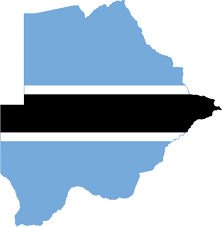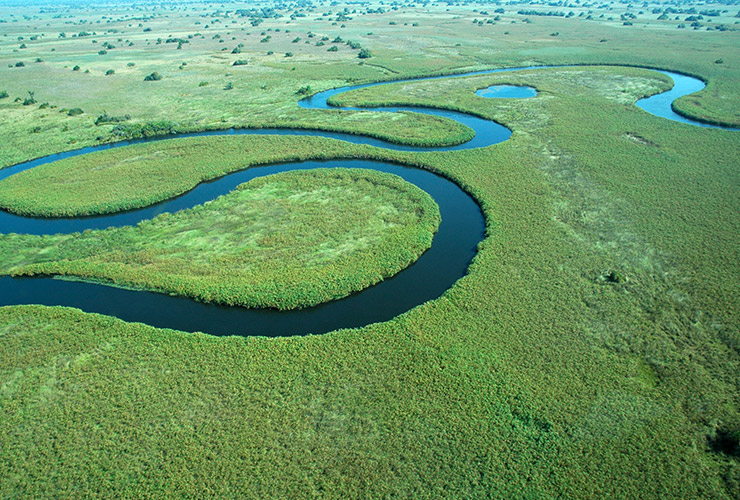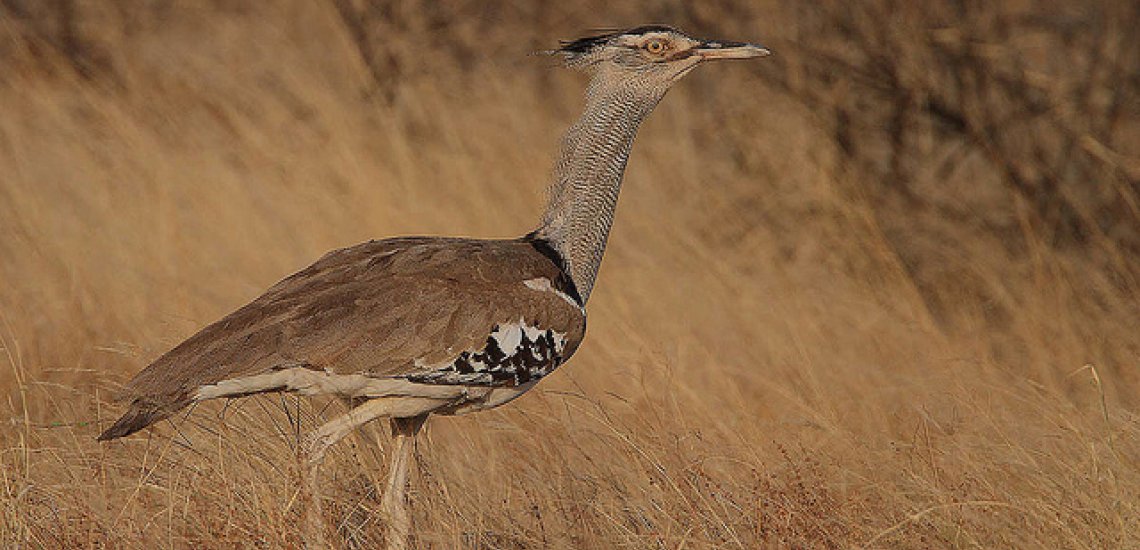Botswana has 22 protected areas covering 169,370 km2 of land (UNEP-WCMC & IUCN, 2019c). Within Botswana, land use is divided up into Protected Areas, Wildlife Management Areas (WMAs), Pastoral Residential Areas, Farms and Mining Concessions. As Botswana is a large country with a low population, it has been possible to establish expansive protected areas with over 45% of the country under some form of environmental management.
A majority of the country’s ecosystems are either moderately or well represented which means they are either within 50% or more than 100% of the 17% of the Aichi target. A high proportion of the ecosystems fall completely within protected areas.
Since 2009 there has been some change in the extent of formal protected areas. There has been an increase in protected areas but at the same time there are areas where the likelihood of protected status is being diminished. These include several areas that have been listed as proposed Wildlife Management Areas (WMAs) for more than 15 years. These have never been officially gazetted. Botswana is a part of large Transfrontier Conservation Areas (TFCA) and this promotes the linkages and conservation goals of the country and region.
Transboundary protected and conserved areas
Botswana includes part of three transboundary conservation areas, namely Greater Mapungubwe TFCA, Kavango-Zambezi TFCA and Kgalagadi TFCA.
Policy context
A comprehensive report on legislation and policy related to protected area management, governance, and equity was undertaken by the BIOPAMA programme. It identified 49 relevant laws and policies in Botswana (Tessema, 2019).

 Protected Areas
Protected Areas

.jpg)



